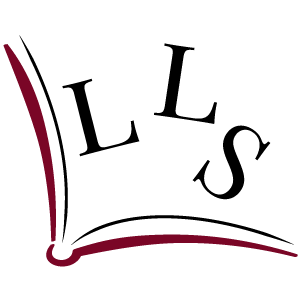
In interesting news for lovers of The Odyssey, cinema seems to have caught the Homeric bug, with not one but two major films on the way.
In May, Ralph Fiennes and Juliet Binoche will star in The Return. Director Umberto Pasolini tells the story of the final books set in Ithaca, thereby eliminating the need for special effects, monsters and turning his actors into pigs. Given that the glorious stop-motion visual effects produced by Ray Harryhausen for the 1963 epic Jason and the Argonauts made that the definitive visual version for so many, it may be wise to tell the story on screen as a purely human struggle (there is no Athena in the cast list, so there won’t even be an appearance by the goddess).
Meanwhile, Christopher Nolan is also working on a film version of The Odyssey with a release date in 2026. Cast members are being announced as I write, and it will be interesting to see how the director of The Dark Knight, Dunkirk and Oppenheimer tackles the challenges of bringing this foundational epic story to life.
The idea that there is no one way to experience or connect with The Odyssey is again in my mind as Toby, Jane and I start to prepare for our fifth trip to the small island of Agistri. Even though this will be our fourth time tackling The Odyssey in this unique setting, I don’t have the feeling of returning to a familiar groove. Each morning on Agistri I walk out to a headland to watch the sunrise, and I have never had the same walk twice: every day there is something new or different that catches my notice. Similarly, our subject may be the same but, as no two groups are alike, the discussion will always be as individual as the colours of the sunrise or the number of alpine swifts that swoop to catch insects as the heat warms the cliffs.
From ancient times, Homer has been praised for his vividness. As readers we can see, hear and feel every corner of his world. So we have not just the sweep of the narrative and the big themes of honour, hospitality and homecoming, but the texture and details of life – and it’s those details, impossible to absorb all at once, that for me make repeated readings so satisfying.
In the past, some participants have come to the study via the novel Ulysses, seeking a deeper understanding of the origins of James Joyce’s masterpiece. And this idea of The Odyssey as a deep well that has nourished and inspired writers since its beginning is central to our work with the text. I bring with me to the island a series of Odyssey poems written over time, by poets from Sappho to Terrance Hayes who, like other readers of The Odyssey, have found many ways to dip into the source and find something that they can make their own. Sharing these poems with the group opens up the text, bringing it into focus in our daily lives.
Our study space on Agistri is open to the calm waters of the Saronic Gulf and part of the rhythm of the day is watching the boats arrive and leave from Skala port, every type of vessel from car ferries to sailboats chartered for a day trip to the island. To me they are all beautiful – at least as we watch from a distance – and it’s Tennyson that I recite most often to myself as one of them leaves the dock and glides silently away from us:
There lies the port; the vessel puffs her sail:
There gloom the dark, broad seas. My mariners,
Souls that have toil’d, and wrought, and thought with me—
That ever with a frolic welcome took
The thunder and the sunshine, and opposed
Free hearts, free foreheads—you and I are old;
Old age hath yet his honour and his toil;
Death closes all: but something ere the end,
Some work of noble note, may yet be done,
Not unbecoming men that strove with Gods.
The lights begin to twinkle from the rocks:
The long day wanes: the slow moon climbs: the deep
Moans round with many voices.
I am looking forward to sharing these experiences and more with another group of enthusiastic readers in the warm embrace of Agistri and the Greek sunshine.
Our 2025 Odyssey study on Agistri runs from 28 April to 5 May, there are still places available if you are interested in joining us.


